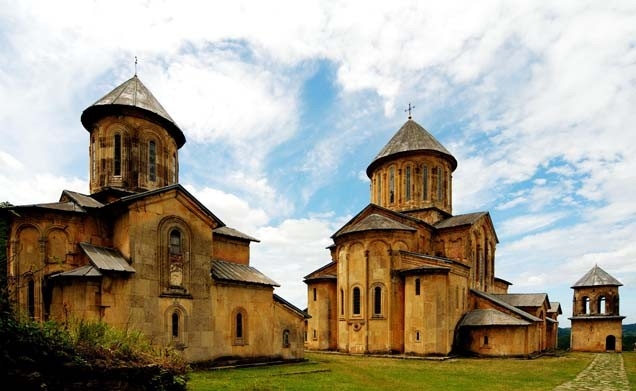UNESCO to Scrutinize Georgia’s Conservation Efforts on Gelati Monastery
At the 39th session of the World Heritage Committee held in Bonn, Germany, UNESCO requested that the Georgian authorities provide an update on the implementation of a conservation program for Gelati Monastery.
Gelati is part of a monastic complex of the Bagrati Cathedral and Gelati Monastery, near Kutaisi, western Georgia. It belongs to the “golden age” of medieval Georgia, a period of political strength and economic growth. The Monastery once represented the national center of science and education and Gelati Academy was one of the most important centers of culture in ancient Georgia.
Gelati Monastery has been a Listed Monument of National Significance since the Soviet period. On 7 November 2006 it was listed in the Georgian National Register of Monuments by presidential decree. Jointly with the Bagrati Cathedral, Gelati Monastery was added to the World Heritage List by UNESCO in 1994.
Mikheil Saakashvili, Georgia’s former President, vowed to rehabilitate the site when, in 2008, after being inaugurated for his second presidential term, he took a spiritual oath in the ruins of the 11th century Bagrati Cathedral.
More than two years since its rehabilitation started, UNESCO called on the Georgian authorities to halt the reconstruction, saying that the project was undermining the integrity and authenticity of the site; in 2010 the Bagrati Cathedral and Gelati Monastery was added to the World Heritage in Danger list.
At the 39th session, the World Heritage Committee demanded an updated report on the state of conservation on the site, by1 February next year. The Committee will again evaluate the state of the Georgian heritage site at its 40th session in 2016.
Nino Japarashvili











